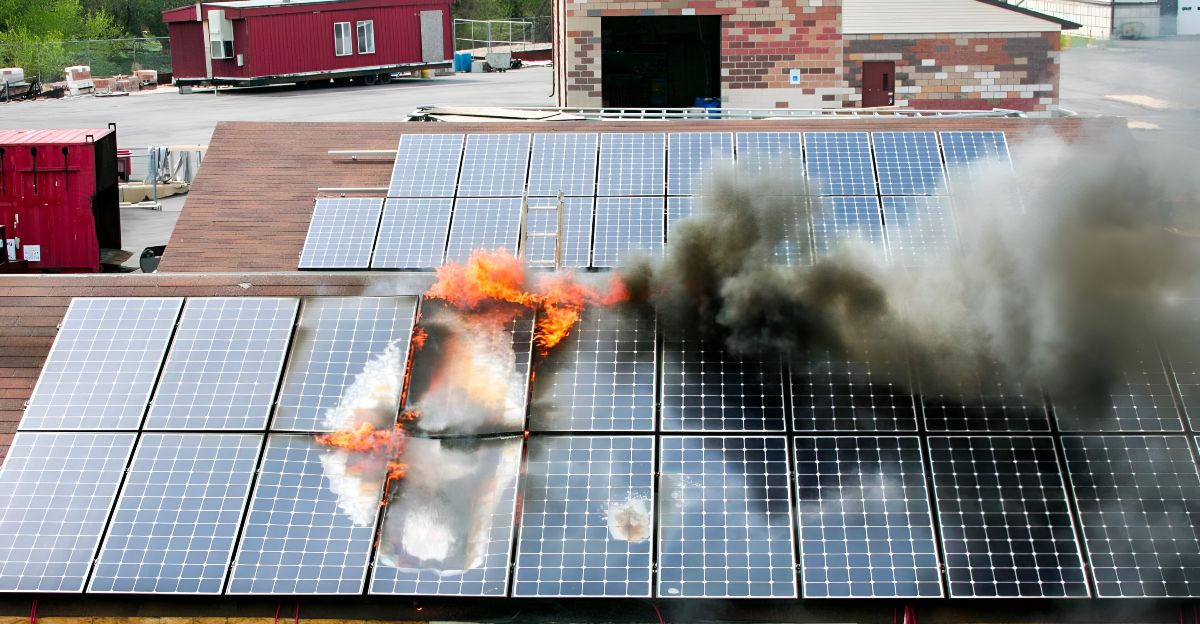
The promise of renewable energy is often painted as a future of lower electricity bills, sustainability, and environmental responsibility. While these benefits are real, the transition to green energy carries hidden costs that are often overlooked. From hefty installation expenses to ongoing maintenance and policy changes, these factors can impact the true economic feasibility of renewable energy. Understanding these costs can help individuals and businesses make more informed decisions about their energy investments.
High Initial Installation Costs
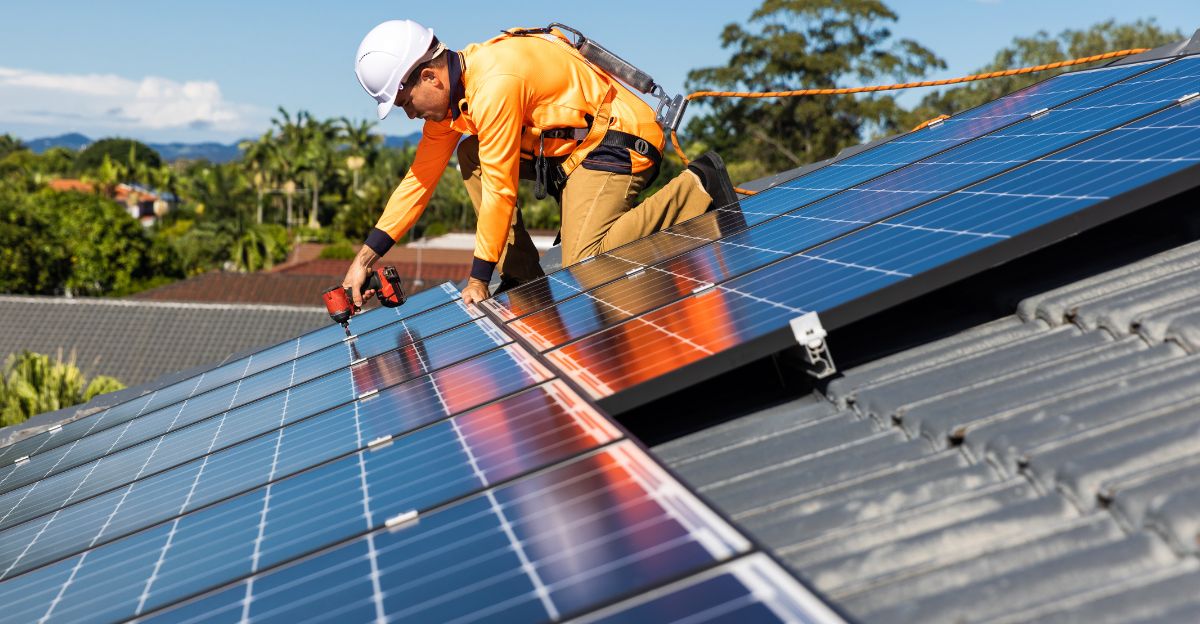
Switching to renewable energy comes with a steep initial price tag. While government incentives help, installing solar panels or wind turbines requires a significant upfront investment. Think of it like buying a classic car—it may pay off in the long run, but the initial expense is daunting. Additionally, hidden costs such as installation, maintenance, and repairs can further discourage potential adopters from making the switch.
Ongoing Maintenance and Repairs
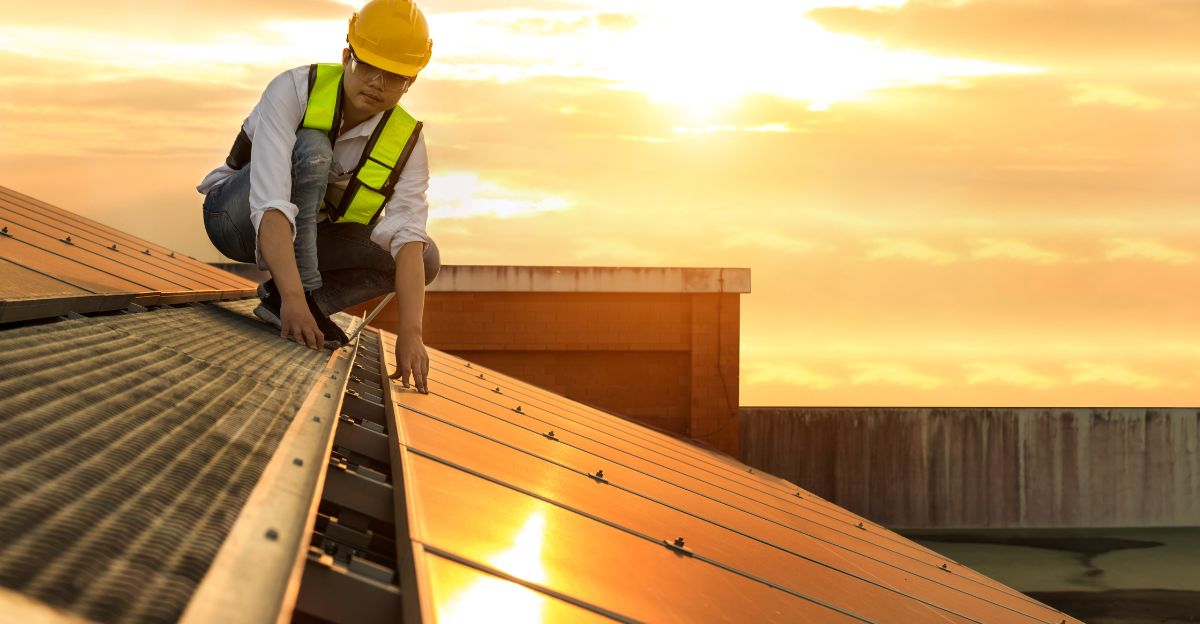
Like any mechanical system, renewable energy infrastructure requires maintenance. Solar panels need periodic cleaning, and their inverters can fail. Wind turbines demand regular inspections to prevent mechanical breakdowns. These ongoing costs can add up over time, undermining the economic benefits that are often emphasized in renewable energy promotions.
The Expense of Energy Storage
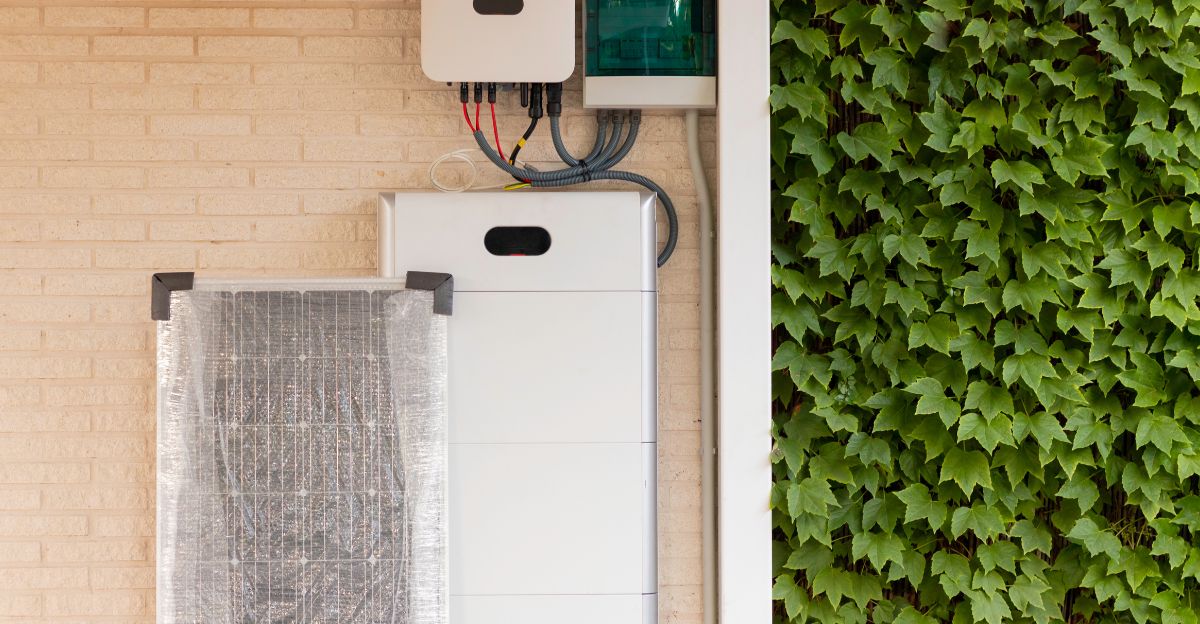
Solar and wind energy are dependent on weather conditions, making energy storage crucial. High-capacity batteries are the standard solution, but they come with their own set of challenges. Batteries are costly, have a limited lifespan, and require maintenance. This additional investment often goes unmentioned when discussing the affordability of renewable energy.
Land and Space Constraints
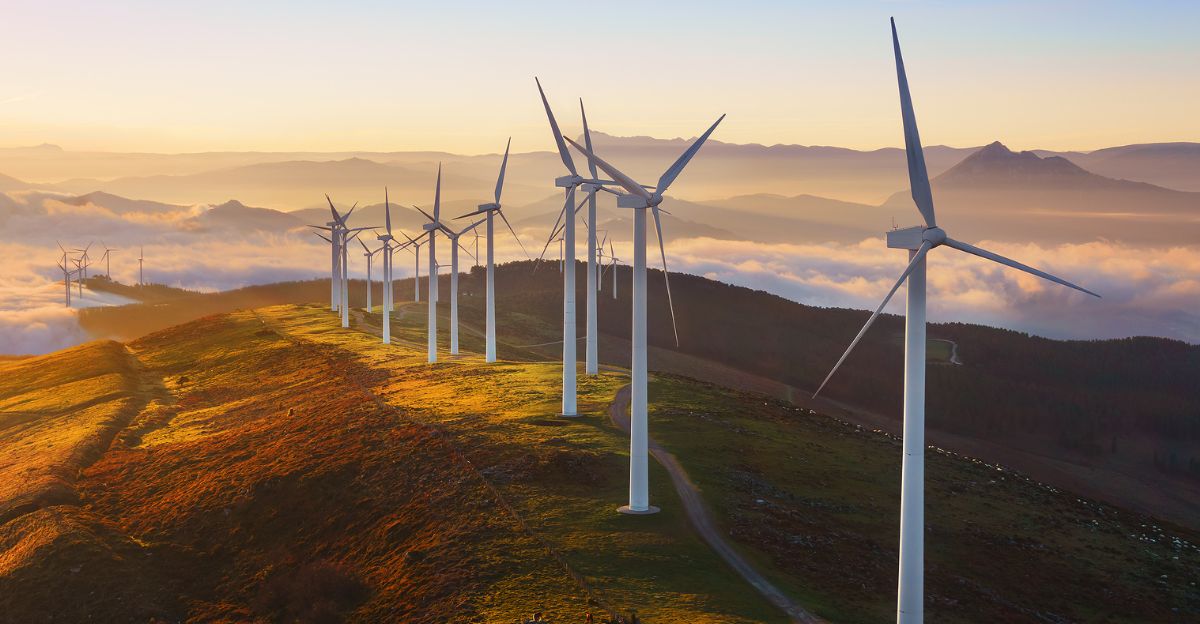
Renewable energy projects require significant space, which can be a major hurdle in densely populated areas. Solar farms and wind turbines need vast amounts of land, making them less viable for cities. The cost of acquiring land, along with potential displacement issues, can dramatically increase the overall expense of green energy projects.
Challenges with Grid Integration
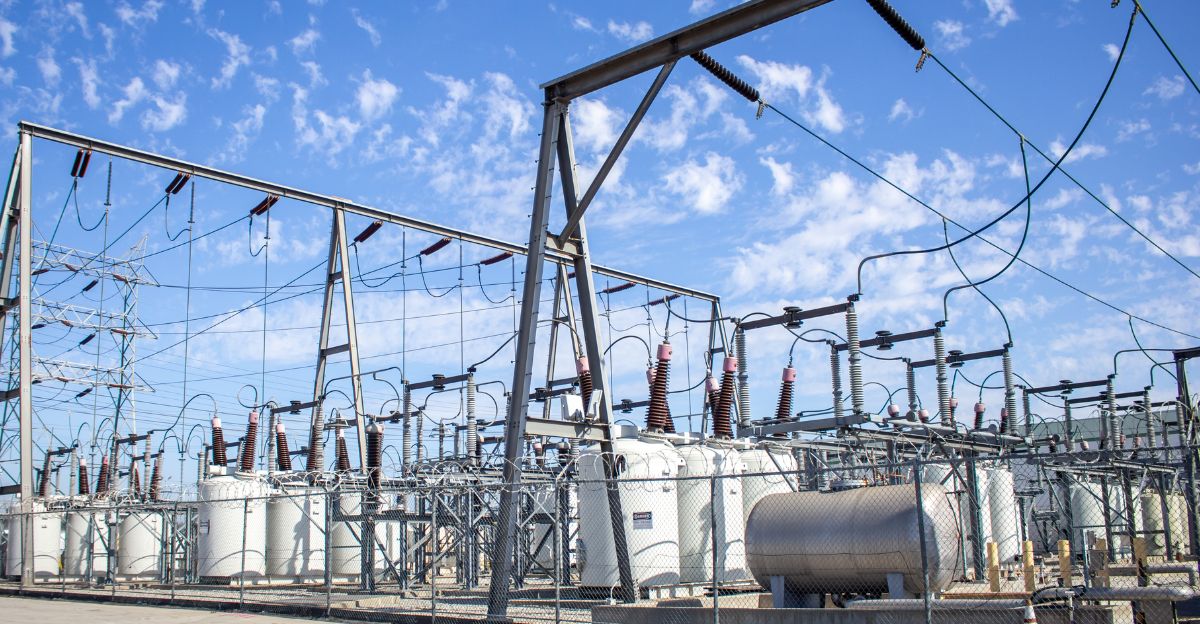
Integrating renewable energy into existing power grids isn’t as simple as plugging in a new appliance. Grids often require costly upgrades to handle fluctuating energy inputs from solar and wind sources. Governments and utility companies must invest heavily in infrastructure to make the transition smooth, adding to the hidden costs of going green.
Environmental Costs of Manufacturing
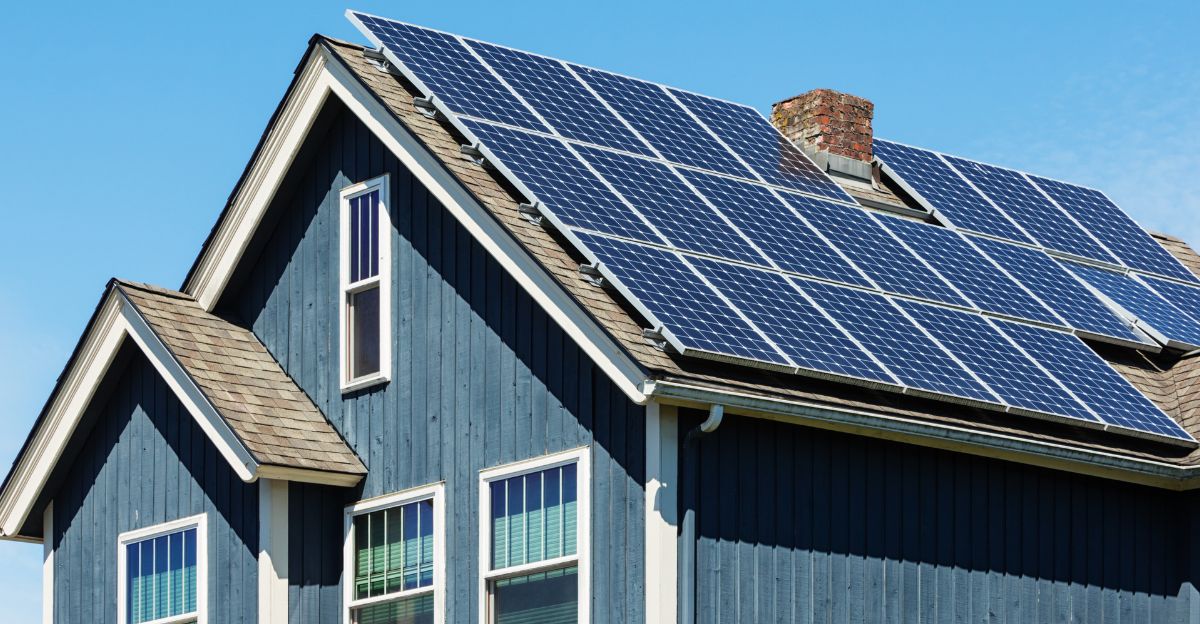
Despite being marketed as eco-friendly, renewable energy production isn’t entirely green. Manufacturing solar panels and wind turbines requires raw materials that must be mined and processed, leading to carbon emissions and environmental degradation. These hidden environmental costs challenge the perception of renewable energy as a purely sustainable solution.
The High Cost of Decommissioning
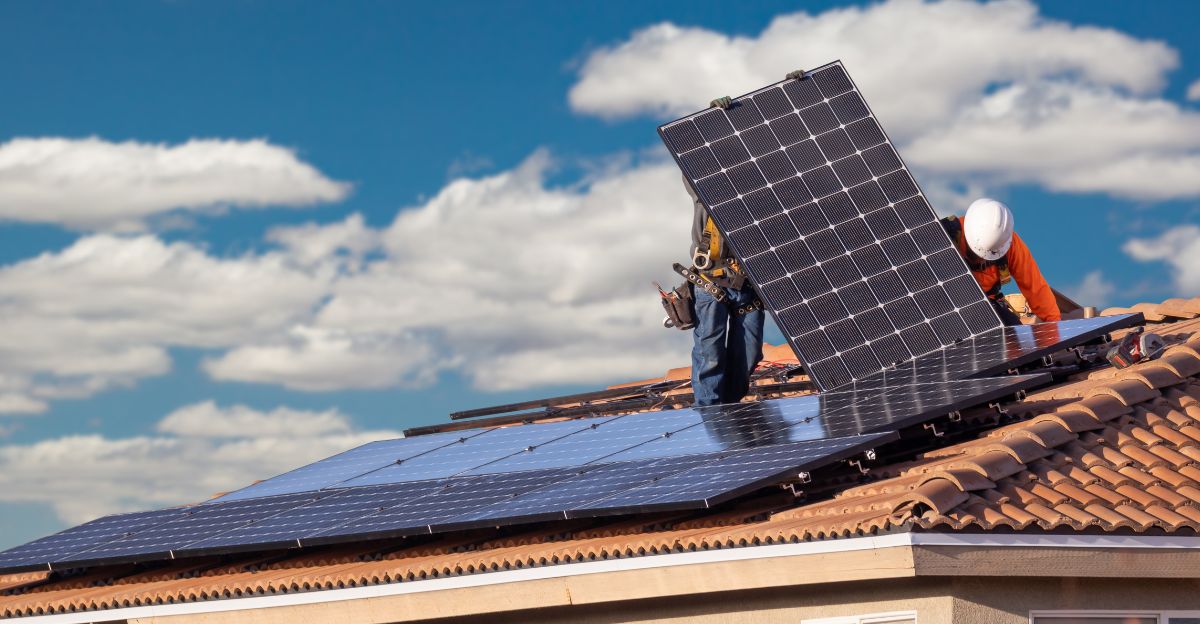
Renewable energy systems have a finite lifespan, and decommissioning them can be costly. Wind turbines and solar panels must be dismantled, transported, and either recycled or disposed of. These processes involve significant logistical and financial considerations, adding another layer of expenses that many fail to anticipate.
The Impact of Policy Changes
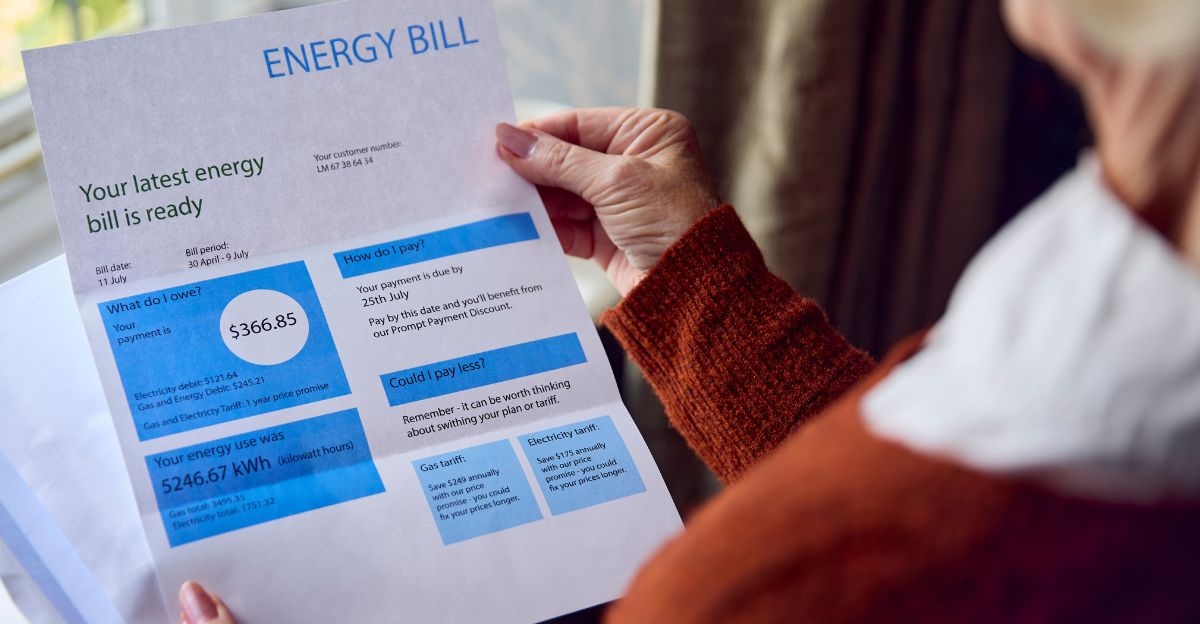
Government incentives play a crucial role in renewable energy adoption, but policy shifts can disrupt the industry. Changes in subsidies, tariffs, or regulations can affect the financial viability of renewable projects. Investors and homeowners who rely on these policies may face unexpected financial challenges if political priorities change.
Knowledge Gaps and Workforce Training
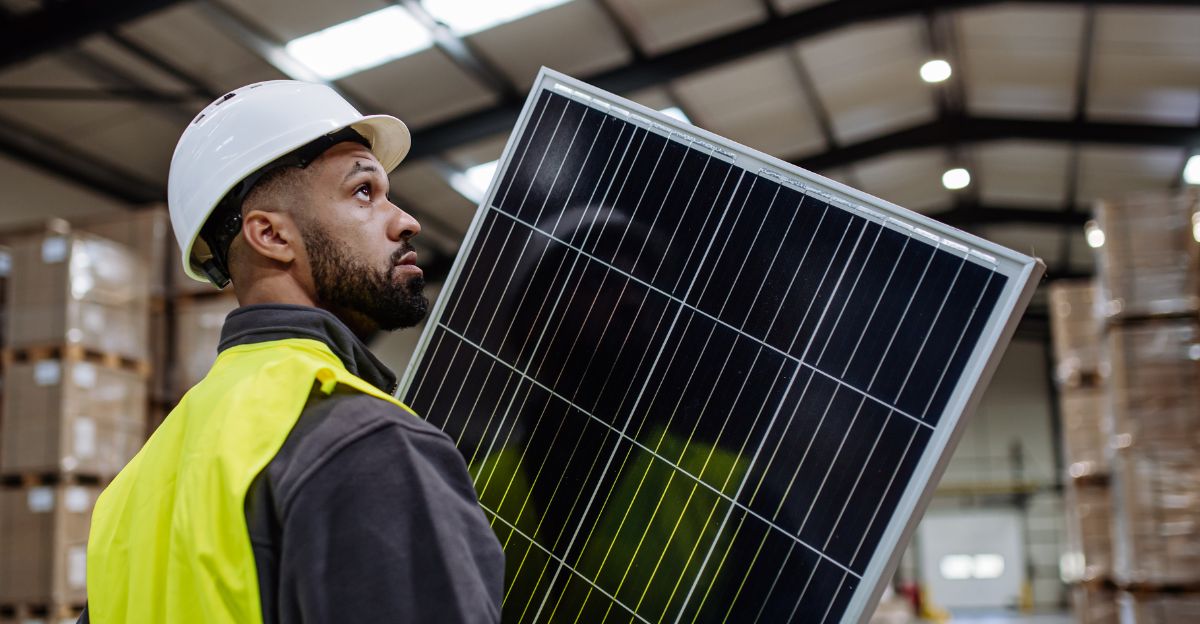
The renewable energy industry is still developing, and specialized expertise is in short supply. Training a workforce skilled in installing and maintaining these technologies requires significant investment. This knowledge gap means additional costs in education, hiring, and ongoing training, further complicating the transition to green energy.
Opportunity Costs of Renewable Investment
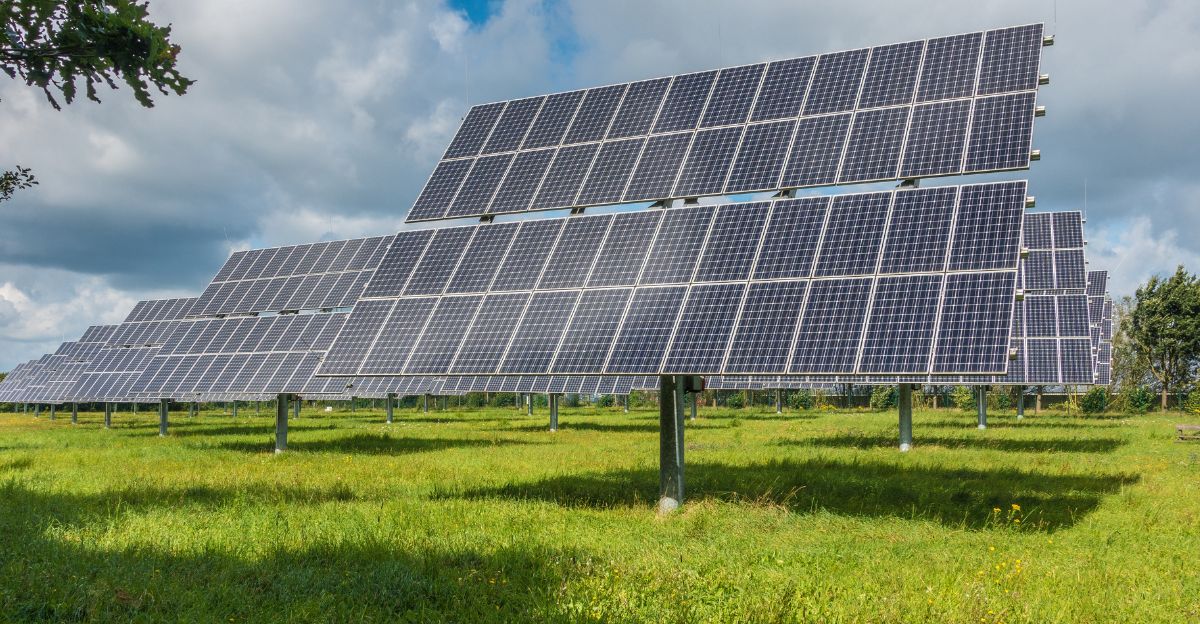
Focusing resources on renewable energy may mean neglecting other potential energy solutions. Investing heavily in solar and wind could divert funds from emerging technologies that might offer better efficiency or lower costs. Balancing these opportunity costs is a crucial aspect of energy policy and economic planning.
Addressing the Realities of Green Energy
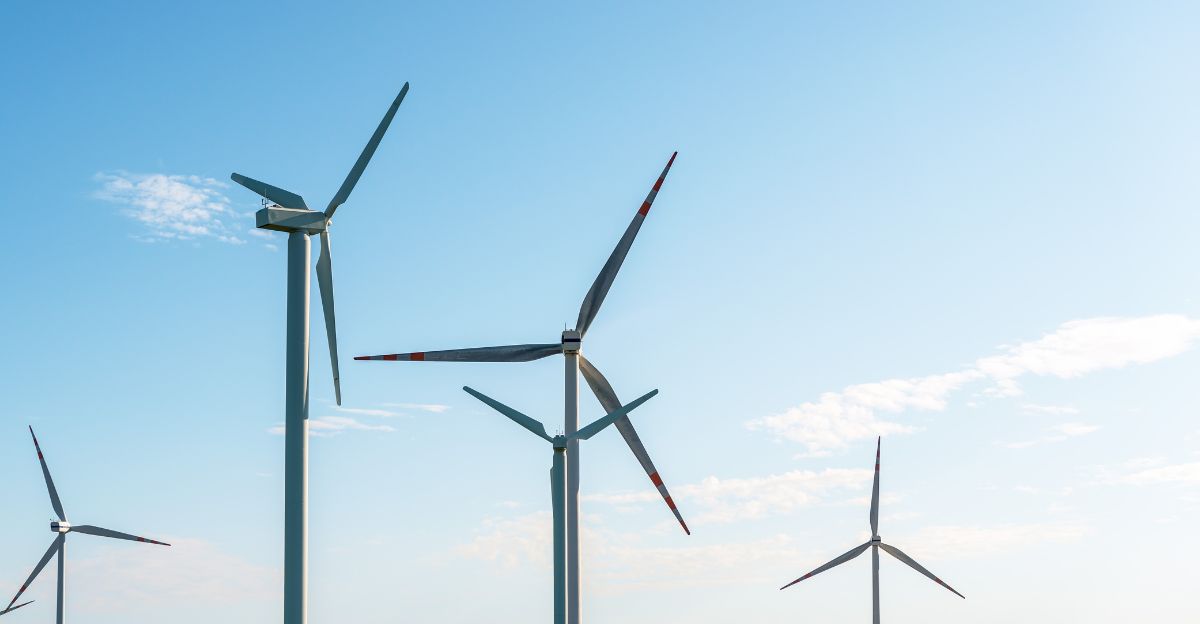
The transition to renewable energy is complex, with financial, environmental, and logistical challenges. While the long-term benefits remain compelling, the hidden costs must be acknowledged. By understanding these factors, policymakers and consumers can develop more sustainable and economically viable energy strategies.
Not Without its Challenges
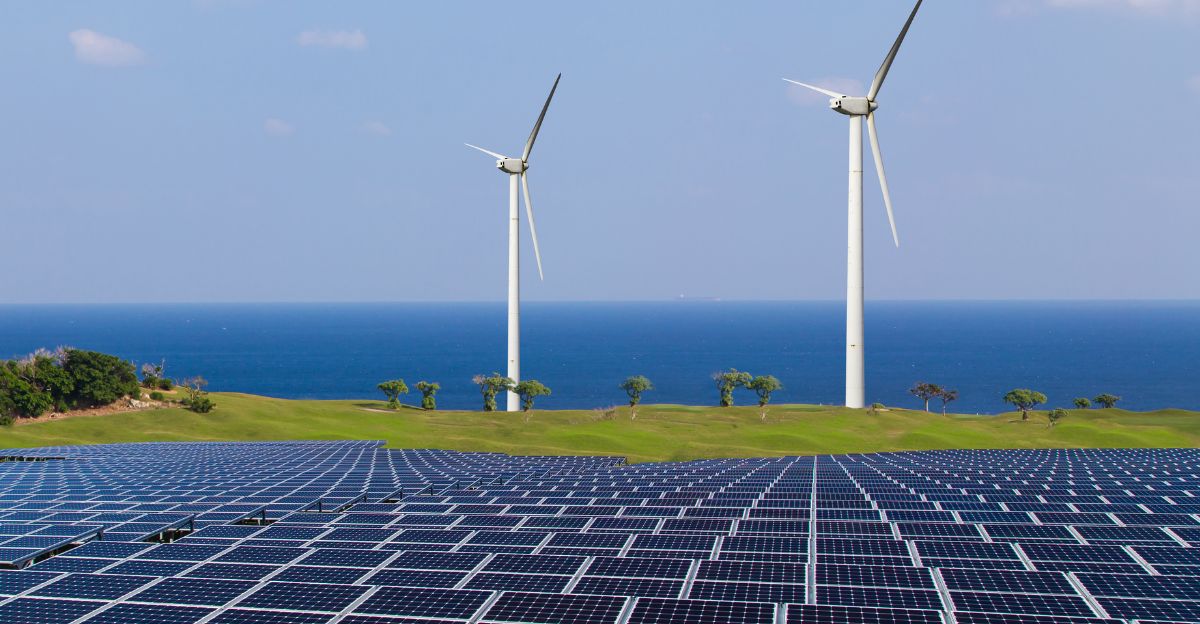
While renewable energy offers a promising path toward sustainability, it is not without its challenges. The hidden costs associated with installation, maintenance, storage, and policy changes highlight the importance of thorough planning. By weighing these factors carefully, individuals and governments can make more informed decisions, ensuring that green energy remains a viable and effective solution for the future.
Explore more of our trending stories and hit Follow to keep them coming to your feed!

Don’t miss out on more stories like this! Hit the Follow button at the top of this article to stay updated with the latest news. Share your thoughts in the comments—we’d love to hear from you!







